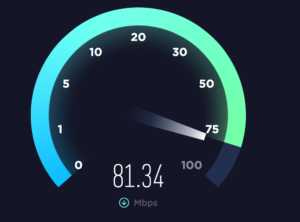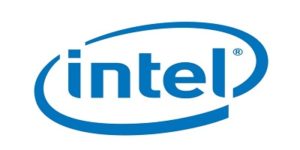
5G promises super-fast speeds, but just how fast will 5G networks really be – and what does that mean in a practical sense?
For comparison, LTE users in the US typically see speeds around 20Mbps, although speeds north of 60Mbps are possible in certain markets and under ideal conditions. That is a huge improvement over older technologies like EVDO and HSPA+, but can still feel sluggish when downloading very large files or doing other bandwidth-intensive activities.
At Mobile World Congress this year, Samsung was able to achieve speeds of up to 4 gigabits-per-second (Gbps) during their demonstration of their 5G routers. That’s 4000Mbps, almost unimaginably faster than LTE speeds – fast enough to download a 100GB file in under 4 minutes!
Obviously, results from a testing environment are unlikely to translate to an identical real-world experience – but if 5G networks are able to provide users with even half of these types of speeds, that would be an exponential improvement over LTE.




